Do you have a question about the Samsung SM-N915G and is the answer not in the manual?
Explains various symbols and icons used for navigation and warnings.
Advises keeping the phone away from children and pets to prevent injury.
Outlines essential precautions for safe phone operation and handling.
Instructions for checking the phone's product box contents.
Guide to installing the SIM card and battery.
Instructions on charging the phone's battery before first use.
Procedures for powering the phone on/off and accessing menus.
Precautions for installing equipment, handling, and disposing of batteries.
Covers pacemakers, explosive environments, and repetitive motion injury prevention.
Advises on safe driving, aircraft usage, and medical equipment proximity.
Guidance on careful phone handling and avoiding interference with other devices.
Covers phone servicing, battery life, SIM/memory card handling, and emergency access.
Details FCC exposure limits, SAR measurement, and testing for radio frequency energy.
Addresses scientific evidence regarding potential health risks from wireless phone usage.
Explains the FDA's responsibilities and actions concerning wireless phone safety.
Guidelines for operating the phone in various environments and restrictions.
Discusses interference with pacemakers and hearing aids.
States compliance with FCC Part 15 rules for digital devices and potential interference.
Warns against unauthorized modifications, accessories, and physical damage to the phone.
Advice on professional servicing, vehicle mounting, and air bag safety.
Precautions for using the phone on aircraft and in potentially explosive areas.
Explains signal strength indicators and the phone's power save feature.
Guidelines for battery usage, charging, extreme temperatures, and disposal.
Details on unpacking the phone and checking supplied accessories.
Describes the purpose and function of each key on the phone.
Explains the different areas of the phone's display screen.
Provides a reference for understanding the icons displayed on the phone screen.
Step-by-step instructions for installing the SIM card and battery into the phone.
Guides on charging the phone's battery for the first time.
Procedures for powering the phone on/off and accessing its main menus.
Guidance on personalizing phone settings like ringtones and themes.
Information on activating, deactivating, and using Bluetooth for data exchange.
How to select USB modes for connecting the phone to a PC.
Solutions for common phone messages like 'Insert SIM card' or 'Network unavailable'.
Troubleshooting steps for calls not dialing, poor audio quality, or inability to be reached.
| Model | SM-N915G |
|---|---|
| Also known as | Samsung Galaxy Note Edge |
| Device Type | Smartphone |
| Brand | Samsung |
| Series | Galaxy Note |
| Announced | 2014, September |
| Dimensions | 151.3 x 82.4 x 8.3 mm (5.96 x 3.24 x 0.33 in) |
| Weight | 174 g (6.14 oz) |
| SIM | Micro-SIM |
| Display Type | Super AMOLED |
| Protection | Corning Gorilla Glass 3 |
| Chipset | Qualcomm Snapdragon 805 |
| CPU | Quad-core 2.7 GHz Krait 450 |
| GPU | Adreno 420 |
| Internal Memory | 32/64 GB |
| RAM | 3 GB |
| Loudspeaker | Yes |
| 3.5mm jack | Yes |
| WLAN | Wi-Fi 802.11 a/b/g/n/ac, dual-band, Wi-Fi Direct, hotspot |
| GPS | Yes, with A-GPS, GLONASS, BDS |
| NFC | Yes |
| Infrared port | Yes |
| Radio | No |
| Network | GSM / HSPA / LTE |
| Status | Available |
| Display Size | 5.6 inches |
| Resolution | 1440 x 2560 pixels |
| OS | Android 4.4.4 (KitKat) |
| Memory Card slot | microSD, up to 128 GB |
| Main Camera | 16 MP |
| Selfie camera | 3.7 MP |
| Bluetooth | 4.1, A2DP, LE |
| USB | microUSB 2.0, USB Host |
| Sensors | Accelerometer, gyro, proximity, compass, barometer |
| Battery | Li-Ion 3000 mAh, removable |
| Colors | Black, White |
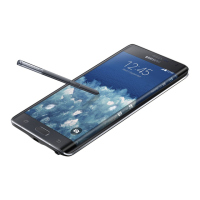
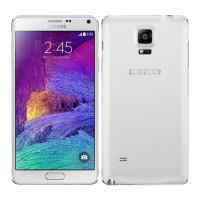
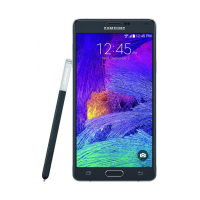

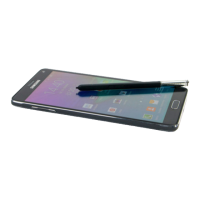
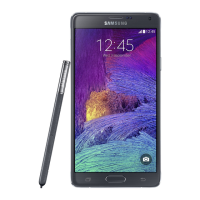
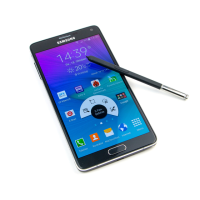

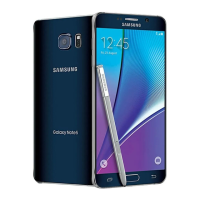

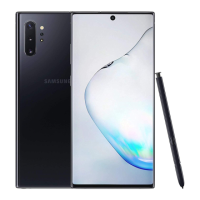
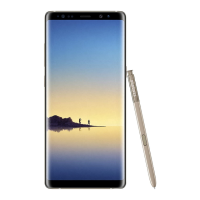
